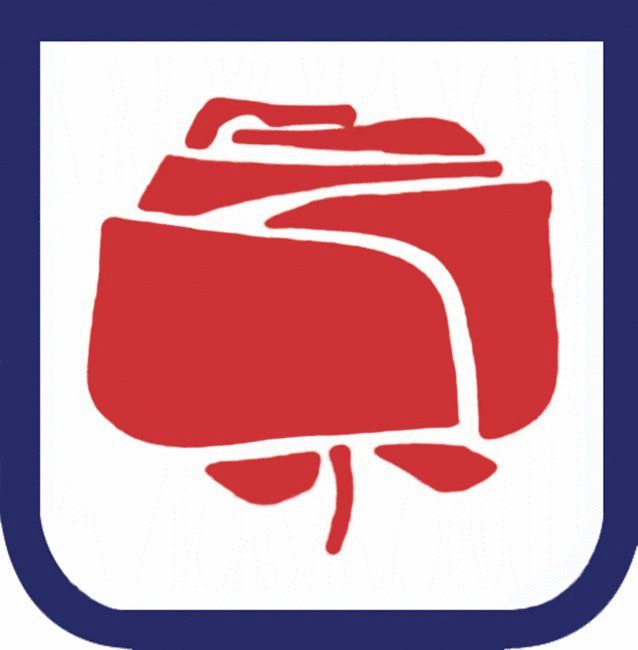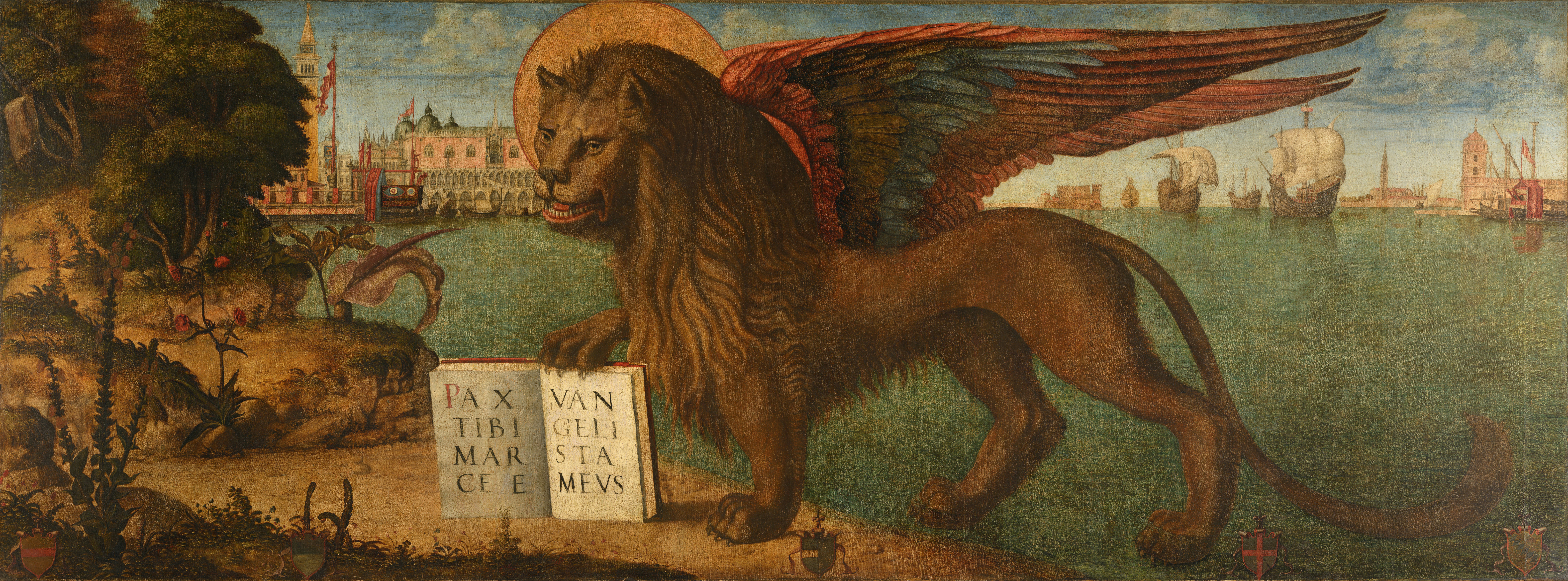|
┼¢ab─ıe
┼¢ab─ıe () is a village northeast of Tolmin in the Littoral region of Slovenia. The local church, built to the east of the settlement, is dedicated to Saint Mark and belongs to the Parish A parish is a territorial entity in many Christianity, Christian denominations, constituting a division within a diocese. A parish is under the pastoral care and clerical jurisdiction of a priest#Christianity, priest, often termed a parish pries ... of Tolmin. References External links┼¢ab─ıe on Geopedia Populated places in the Municipality of Tolmin {{Tolmin-geo-stub ... [...More Info...] [...Related Items...] OR: [Wikipedia] [Google] [Baidu] |
Municipality Of Tolmin
The Municipality of Tolmin (; ) is a municipality in northwestern Slovenia. Its seat and largest settlement is Tolmin. It borders Italy. History In ancient times the area was inhabited by the Illyrians and then by the Romans. In the 6th century the Slavs, ancestors of present-day Slovenes, settled the area. Until 1420 it belonged to the Patriarchate of Aquileia, when it was acquired by the Republic of Venice. In 1514 it became a possession of the Habsburgs, who gave it as fief to the Coronini-Cronberg family. Medieval documents testify to a long series of uprisings, culminating in the Tolmin peasant revolt of 1713. That particular insurgence spread from Tolmin County to the Vipava Valley, Karst, and Brda, and further on to northern Istria. The uprising was mercilessly crushed by the imperial army and its eleven leaders were beheaded. In the 16th century, the area became part of the County of Gorizia and Gradisca. During the World War I, Tolmin served as a base for the vic ... [...More Info...] [...Related Items...] OR: [Wikipedia] [Google] [Baidu] |
Tolmin
Tolmin (; ,trilingual name ''Tolmein, Tolmino, Tolmin'' inGemeindelexikon, der im Reichsrate Vertretenen K├Ânigreiche und L├ñnder. Bearbeit auf Grund der Ergebnisse der Volksz├ñhlung vom 31. Dezember 1900. Herausgegeben von der K.K. Statistischen Zentralkommission. VII. ├ûsterreichisch-Illyrisches K├╝stenland (Triest, G├Ârz und Gradiska, Istrien). Wien 1906/ref> German language, German ''Tolmein'') is a small List of cities and towns in Slovenia, town in northwestern Slovenia. It is the administrative centre of the Municipality of Tolmin. Geography Tolmin stands on the southern rim of the Julian Alps and is the largest settlement in the Upper So─ıa Valley (), close to the border with Italy. It is located on a terrace above the confluence of the So─ıa and Tolminka rivers, positioned beneath steep mountainous valleys. The old town gave its name to the entire Tolmin area () as its economic, cultural and administrative centre. The area is located in the historic Gori┼íka region, its ... [...More Info...] [...Related Items...] OR: [Wikipedia] [Google] [Baidu] |
Flag Of Slovenia
The national flag of Slovenia () features three equal horizontal bands of white (top), blue, and red, with the coat of arms of Slovenia located in the upper hoist side of the flag centred in the white and blue bands. The coat of arms is a shield with the image of Mount Triglav, Slovenia's highest peak, in white against a blue background at the centre; beneath it are two wavy blue lines representing the Adriatic Sea and local rivers, and above it are three six-pointed golden stars arranged in an inverted triangle which are taken from the coat of arms of the Counts of Celje, the great Slovene dynastic house of the late 14th and early 15th centuries. The Slovenian flag's colours are considered to be Pan-Slavism, pan-Slavic, but they actually come from the Middle Ages, medieval coat of arms of the Holy Roman duchy of Carniola, consisting of 3 stars, a mountain, and three colours (red, blue, yellow), crescent. The existing Slovene tricolor, Slovene tricolour was raised for the first t ... [...More Info...] [...Related Items...] OR: [Wikipedia] [Google] [Baidu] |
Slovenia
Slovenia, officially the Republic of Slovenia, is a country in Central Europe. It borders Italy to the west, Austria to the north, Hungary to the northeast, Croatia to the south and southeast, and a short (46.6 km) coastline within the Adriatic Sea to the southwest, which is part of the Mediterranean Sea. Slovenia is mostly mountainous and forested, covers , and has a population of approximately 2.1 million people. Slovene language, Slovene is the official language. Slovenia has a predominantly temperate continental climate, with the exception of the Slovene Littoral and the Julian Alps. Ljubljana, the capital and List of cities and towns in Slovenia, largest city of Slovenia, is geographically situated near the centre of the country. Other larger urban centers are Maribor, Ptuj, Kranj, Celje, and Koper. Slovenia's territory has been part of many different states: the Byzantine Empire, the Carolingian Empire, the Holy Roman Empire, the Kingdom of Hungary, the Republic of Venice ... [...More Info...] [...Related Items...] OR: [Wikipedia] [Google] [Baidu] |
Slovenian Littoral
The Slovene Littoral, or simply Littoral (, ; ; ), is one of the traditional regions of Slovenia. The littoral in its name ÔÇô for a coastal-adjacent area ÔÇô recalls the former Austrian Littoral (''Avstrijsko Primorje''), the Habsburg possessions on the upper Adriatic coast, of which the Slovene Littoral was part. Today, the Littoral is often associated with the Slovenian ethnic territory that, in the first half of the 20th century, found itself in Italy to the west of the Rapallo Border, which separated a quarter of Slovenes from the rest of the nation, and was strongly influenced by Italian fascism. Geography The region forms the westernmost part of Slovenia, bordering the inter-municipal union of Giuliana in the region of Friuli-Venezia Giulia of Italy. It stretches from the Adriatic Sea in the south up to the Julian Alps in the north. The Slovene Littoral comprises two traditional provinces: Gori┼íka and Slovene Istria. The Gori┼íka region takes its name from th ... [...More Info...] [...Related Items...] OR: [Wikipedia] [Google] [Baidu] |
Statistical Regions Of Slovenia
The statistical regions of Slovenia are 12 administrative entities created in 2000 for legal and statistical purposes. Division By a decree in 2000, Slovenia has been divided into 12 statistical regions (Nomenclature of Territorial Units for Statistics, NUTS-3 level), which are grouped in two cohesion regions (NUTS-2 level). The statistical regions have been grouped into two cohesion regions are: *Eastern Slovenia (''Vzhodna Slovenija'' ÔÇô SI01), which groups the Mura, Drava, Carinthia, Savinja, Central Sava, Lower Sava, Southeast Slovenia, and LittoralÔÇôInner Carniola regions. *Western Slovenia (''Zahodna Slovenija'' ÔÇô SI02), which groups the Central Slovenia, Upper Carniola, Gorizia, and CoastalÔÇôKarst regions. Sources Slovenian regions in figures 2014 See also *List of Slovenian regions by Human Development Index *Municipalities of Slovenia *Traditional regions of Slovenia References External links Regions Stat.si (accessed 15 December 2020). Map of st ... [...More Info...] [...Related Items...] OR: [Wikipedia] [Google] [Baidu] |
Gorizia Statistical Region
The Gorizia Statistical Region () is a statistical region in western Slovenia, along the border with Italy. It is named after the Italian town of Gorizia (the feminine adjective ''gori┼íka'' comes from the Slovenian name for Gorizia: ''Gorica''). The Julian Alps, the So─ıa River, and the Vipava Valley are the most prominent natural features of this region. It contributed just over 5% to total national GDP in 2012, but in terms of GDP per capita it ranked fourth in the country. In the same year, disposable income per capita in the region the highest, in second place behind the Central Slovenia Statistical Region. Housing stock estimates indicate that at the end of 2013 the region had the highest share of dwellings with three or more rooms (around 70%). The share of single-room dwellings was less than 10%. Dwellings here are larger than the Slovenian average, with 37 m2 of usable floor space per person on average. The number of cars per 1,000 population is also the highest in Slov ... [...More Info...] [...Related Items...] OR: [Wikipedia] [Google] [Baidu] |
Municipalities Of Slovenia
Slovenia is divided into 212 municipalities (Slovene language, Slovene: ''ob─ıine'', singular''ob─ıina''), of which 12 have urban (metropolitan) status. Municipalities are further divided into local communities and districts. Slovenia has the largest number of first-level administrative divisions of any country. The municipalities vary considerably in size and population, from the capital Ljubljana with more than 280,000 inhabitants to Hodo┼í with fewer than 400. Urban status is not granted strictly on the basis of population; the smallest urban municipality, Urban Municipality of Slovenj Gradec, Slovenj Gradec, has less than half as many inhabitants as the most populous non-urban municipality, Municipality of Dom┼¥ale, Dom┼¥ale. Slovene language, Slovene is the official language in all municipalities. Hungarian language, Hungarian is the second official language of three municipalities in Prekmurje: Dobrovnik/Dobronak, Hodo┼í/Hodos, and Lendava/Lendva. Italian language, Italian ... [...More Info...] [...Related Items...] OR: [Wikipedia] [Google] [Baidu] |
Village
A village is a human settlement or community, larger than a hamlet but smaller than a town with a population typically ranging from a few hundred to a few thousand. Although villages are often located in rural areas, the term urban village is also applied to certain urban neighborhoods. Villages are normally permanent, with fixed dwellings; however, transient villages can occur. Further, the dwellings of a village are fairly close to one another, not scattered broadly over the landscape, as a dispersed settlement. In the past, villages were a usual form of community for societies that practice subsistence agriculture and also for some non-agricultural societies. In Great Britain, a hamlet earned the right to be called a village when it built a church.-4; we might wonder whether there's a point at which it's appropriate to talk of the beginnings of French, that is, when it wa ... ''village'', from Latin ''vill─üticus'', ultimately from Latin ''villa'' (English ''vi ... [...More Info...] [...Related Items...] OR: [Wikipedia] [Google] [Baidu] |
Saint Mark
Mark the Evangelist ( Koin─ô Greek: ╬£ß¥Â¤ü╬║╬┐¤é, romanized: ''M├órkos''), also known as John Mark ( Koin─ô Greek: ß╝©¤ë╬¼╬¢╬¢╬À¤é ╬£ß¥Â¤ü╬║╬┐¤é, romanized: ''I┼ı├ínn─ôs M├órkos;'' Aramaic'': ▄Ø▄İ▄Ü▄ó▄ó, romanized: Y┼ıß©Ñann─ün'') or Saint Mark, was the person who is traditionally ascribed to be the author of the Gospel of Mark. Most modern Bible scholars have concluded that the Gospel of Mark was written by an anonymous author rather than an identifiable historical figure, though the topic remains contentious among experts. According to Church tradition, Mark founded the episcopal see of Alexandria, which was one of the five most important sees of early Christianity. His feast day is celebrated on April 25, and his symbol is the winged lion. Identity According to William Lane (1974), an unbroken tradition identifies Mark the Evangelist with John Mark, and John Mark as the cousin of Barnabas. However, Hippolytus of Rome, in ''On the Seventy Apostles'', distinguishes Mar ... [...More Info...] [...Related Items...] OR: [Wikipedia] [Google] [Baidu] |
Parish
A parish is a territorial entity in many Christianity, Christian denominations, constituting a division within a diocese. A parish is under the pastoral care and clerical jurisdiction of a priest#Christianity, priest, often termed a parish priest, who might be assisted by one or more curates, and who operates from a parish church. Historically, a parish often covered the same geographical area as a Manorialism, manor. Its association with the parish church remains paramount. By extension the term ''parish'' refers not only to the territorial entity but to the people of its community or congregation as well as to church property within it. In England this church property was technically in ownership of the parish priest ''Ex officio member, ex officio'', vested in him on his institution to that parish. Etymology and use First attested in English in the late 13th century, the word ''parish'' comes from the Old French , in turn from , the Romanization of Greek, Romanisation of ... [...More Info...] [...Related Items...] OR: [Wikipedia] [Google] [Baidu] |






